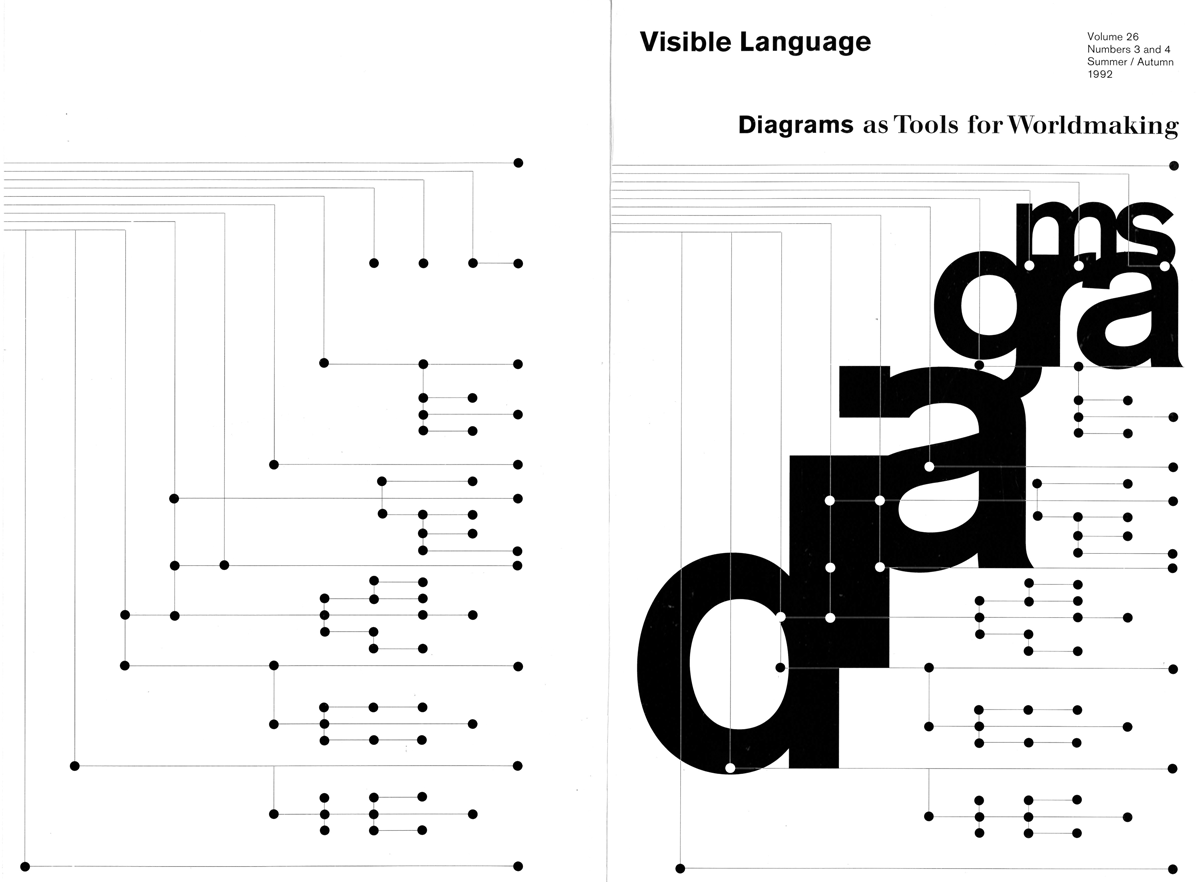To Picture or Not to Picture: How to Decide
Abstract
This paper proposes that to create visual designs that effectively communicate their information it is necessary to supplement the intuitions of the designer with empirical research. The first part of the paper gives the reasons why institutions – of designers or anyone else – are inadequate. It describes the habits of human reasoning that distort designers’ ability to intuit how users will understand and respond to graphics. The second part of the paper gives two alternative solutions to these problems, both of which are based on observing how people actually behave in response to visuals. One solution is to investigate scientifically whether and how visuals communcate to viewers. From such investigations general principles can be developed and examples of research-based principles for educational visual representation are given. When such general principles are not available or appear to be inappropriate for the given situation, designers can use a second solution, that of user-based iterative design. This strategy provides procedured by which designers can explore users’ reactions at the same time they are developing prototypes of their designs. In this way user-based errors can be corrected while designs are still being developed.Downloads
Published
1992-07-01
Issue
Section
Journal Article

